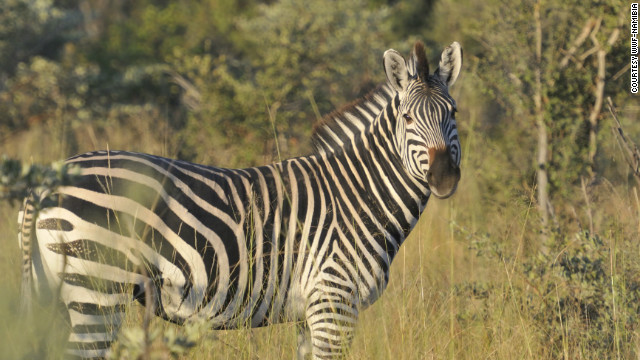I found an interesting article about another problem with
the Endangered Species Act. As stated, the goal of the ESA is to help species
at the risk of extinction “to
the point at which the measures provided pursuant to this Act are no longer
necessary” (ESA § 3(3)). However, some species are conservation reliant. This
means that they cannot survive without direct conservation efforts because the
problems they face continue to persist. For some species, removing a particular
threat (like DDT or an invasive species) is enough to allow the species to
recover. After the threat is removed the species can survive on its own and no
longer requires human help. But, this is not true for all species. Many species
are conservation reliant and thus would continue to need help even if they are
brought back up to target population levels and are delisted.
There are two types of conservation reliance,
population-management reliance and threat-management reliance. Species that are
population-management reliant need human intervention to facilitate movement
between isolated habitat patches. Species that are threat-management reliant
require human intervention to correctly maintain a particular habitat. For
example, some species require periodic fires in their environment in order to
survive. Since the natural fire regime has changed, these species, even when
brought back to a large population, will continue to require control burns of
their habitat.
Helping these conservation reliant species can be very
difficult and keeping them on the Endangered Species List may not be the best
way to solve the problem. A system has to be put in place to continue helping
these conservation reliant species after they are delisted. A possible way to
do this is to pass on the protection of the species to another conservation
group. After the ESA helps the species reach its recovery goals, there could be
a transition period where another group agrees to continue monitoring the
conservation reliant species. For example, the Appalachian Mountain Club agreed
to monitor and manage the habitat of the Robbins’ cinquefoil after it was
delisted.
To learn more about this problem, read this article:
Dale D., et al. (2012). Conservation-reliant Species. BioScience 62(10):869-873.
(or
search for it in Web of Science)











